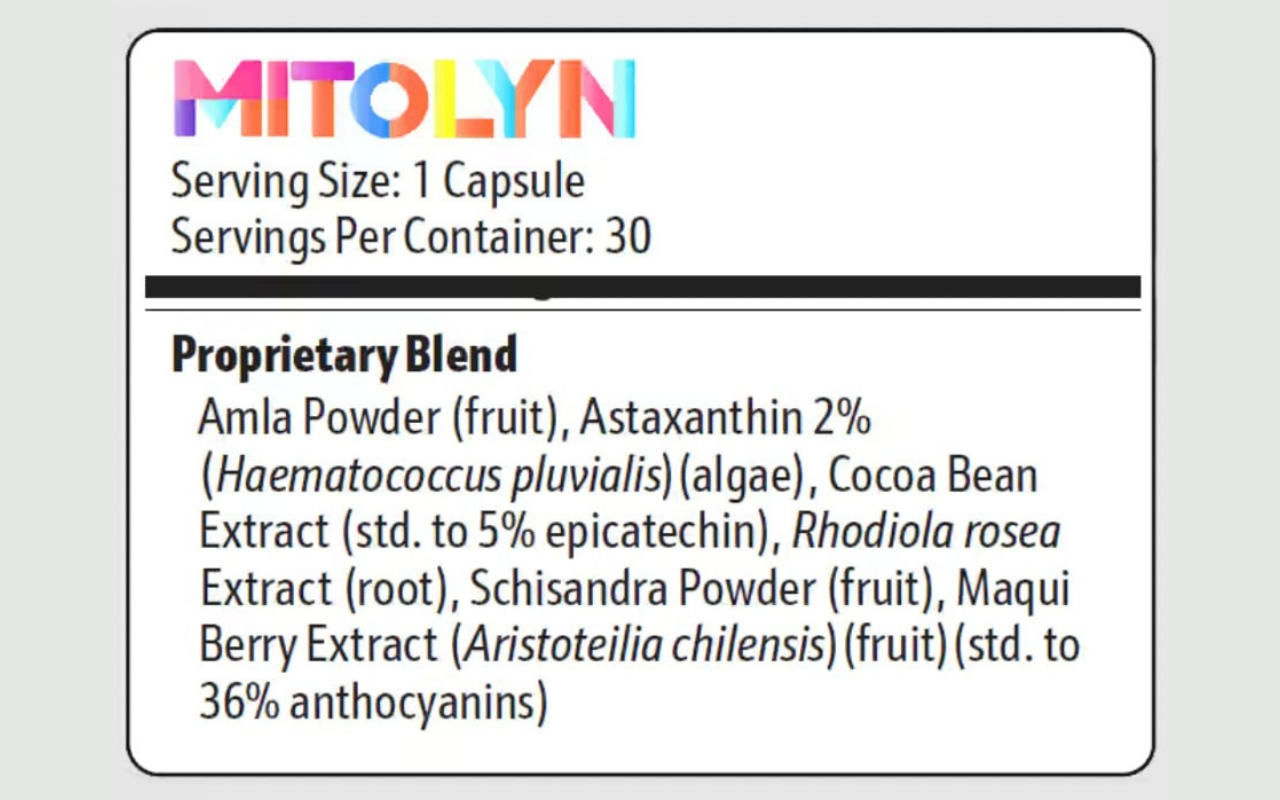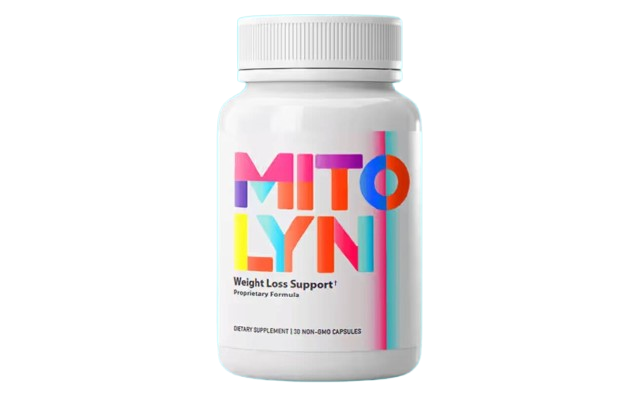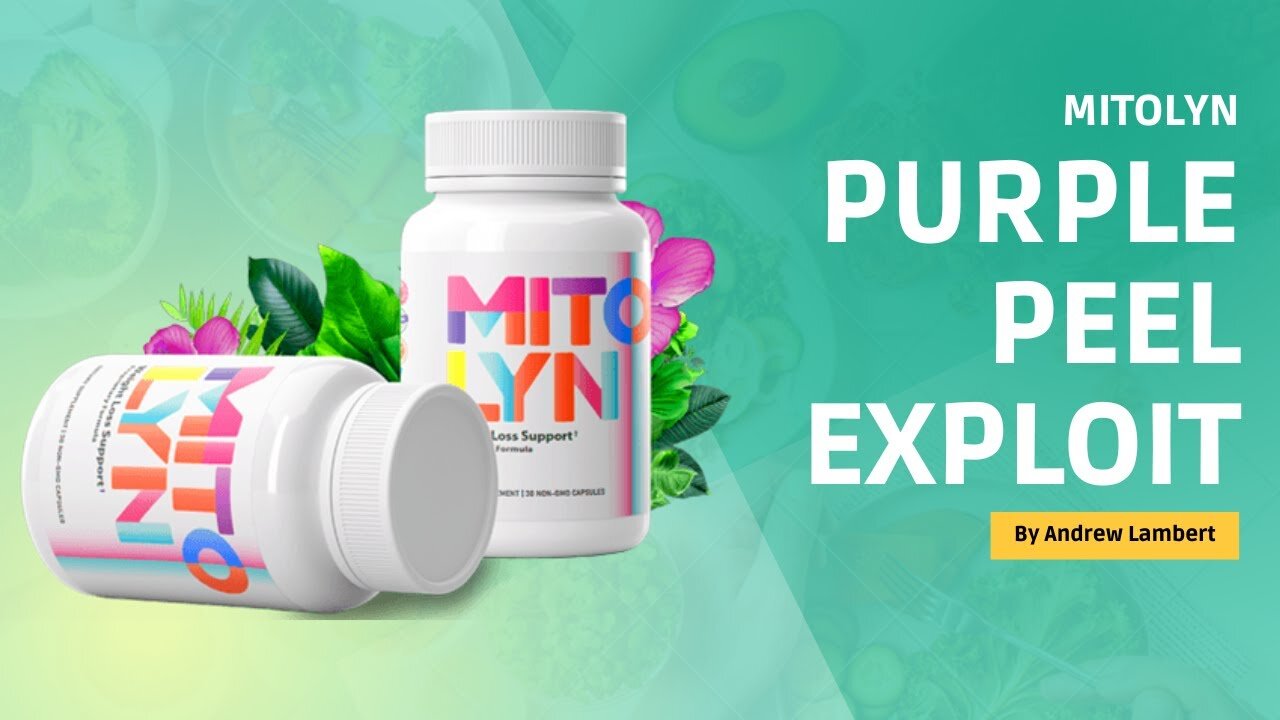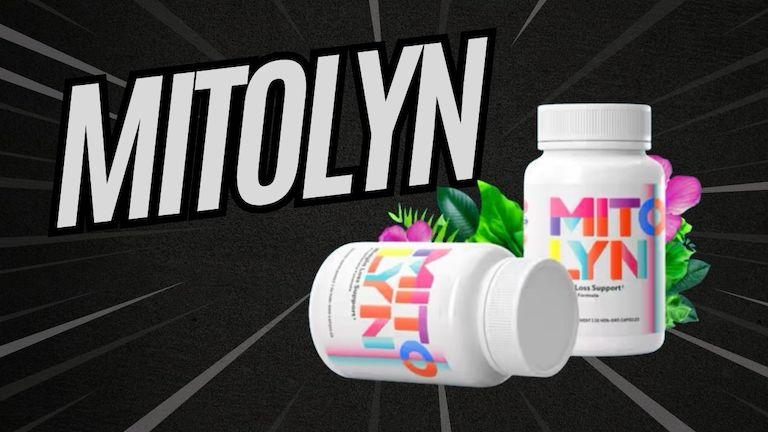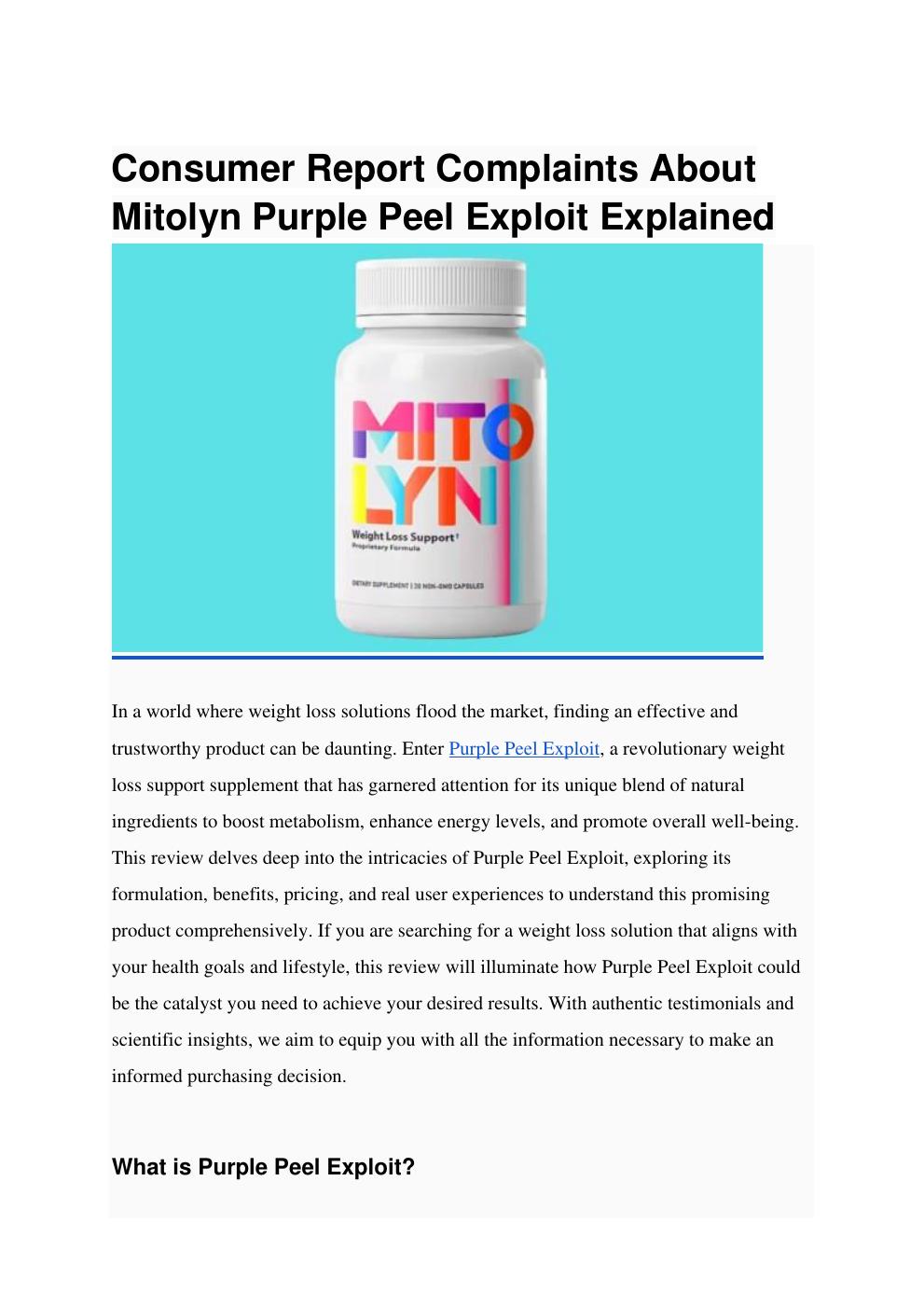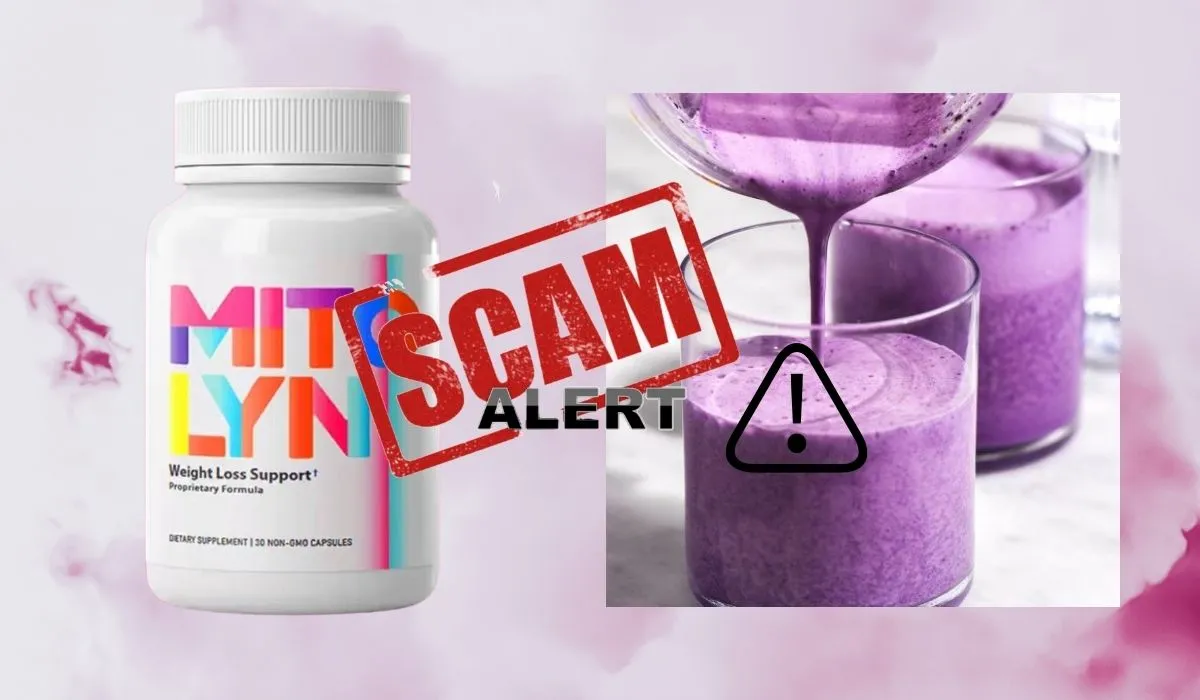Purple Peel Exploit Reviews And Complaints
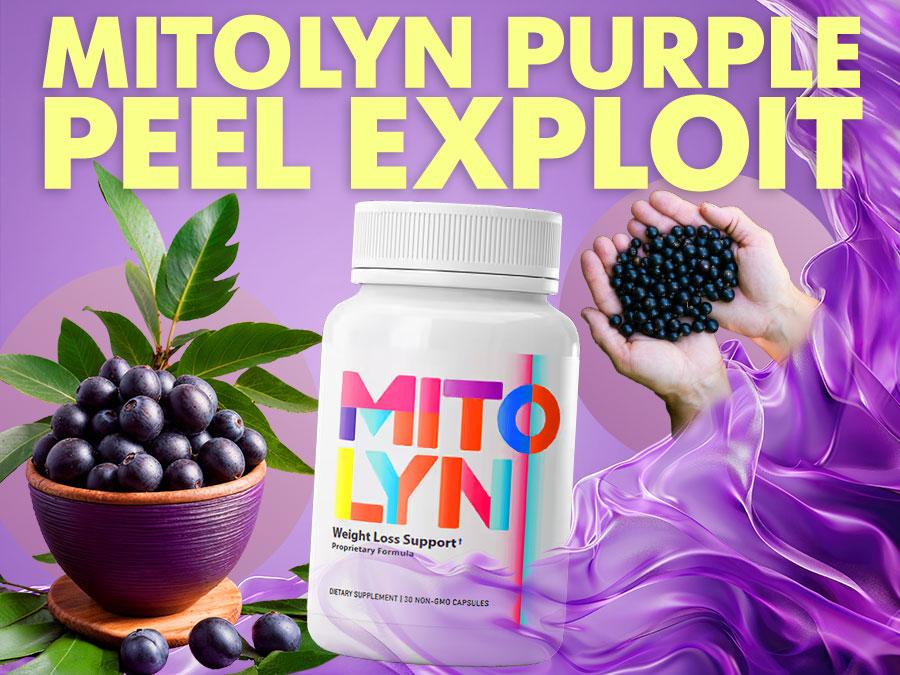
Imagine a world where unlocking the potential of your skin was as simple as applying a vibrant purple solution. No harsh chemicals, no weeks of hiding indoors, just a gentle peel revealing a radiant complexion. The buzz around the "Purple Peel" has been electric, promising a revolutionary approach to skincare. But beneath the shimmering promises, whispers of discontent and questions about its efficacy are beginning to surface.
This article delves into the heart of the Purple Peel phenomenon, exploring its claims, dissecting user reviews and complaints, and examining the scientific basis behind this trending treatment. We aim to provide a balanced perspective, separating hype from reality and empowering readers to make informed decisions about their skincare journey.
The Allure of the Purple Peel: Promises and Marketing
The Purple Peel, often marketed as a gentle yet effective exfoliating treatment, differentiates itself from traditional chemical peels through its unique formulation and purported minimal downtime. It’s often touted as a blend of alpha-hydroxy acids (AHAs), beta-hydroxy acids (BHAs), and other skin-loving ingredients, all working together to slough away dead skin cells and reveal a brighter, smoother complexion. The distinctive purple hue, often attributed to natural antioxidants, adds to its visual appeal and perceived naturalness.
Much of the Purple Peel's popularity stems from its aggressive marketing campaigns across social media platforms, particularly Instagram and TikTok. Influencers showcase glowing skin transformations, often portraying the peel as a quick and easy fix for various skin concerns, from acne and hyperpigmentation to fine lines and wrinkles. This has led to a surge in demand, with many eager to try the treatment themselves.
Decoding the Ingredients: What's Really in the Purple Peel?
While marketing materials often highlight the "natural" and "gentle" nature of the Purple Peel, a closer look at the ingredient list reveals a more complex picture. Many formulations contain a combination of well-known chemical exfoliants like glycolic acid (an AHA), salicylic acid (a BHA), and lactic acid (another AHA). These ingredients are indeed effective at exfoliating the skin, but their concentration and overall formulation determine the peel's strength and potential for irritation.
The "purple" color often comes from ingredients like blueberry extract or other antioxidant-rich plant extracts. While antioxidants are beneficial for the skin, their presence doesn't necessarily negate the potential risks associated with chemical exfoliation. It's crucial to remember that even "natural" ingredients can cause allergic reactions or sensitivities in some individuals.
The User Experience: A Spectrum of Reviews
Online reviews of the Purple Peel paint a varied picture, ranging from glowing endorsements to cautionary tales of adverse reactions. Many users report positive experiences, citing smoother, brighter skin, reduced acne breakouts, and a more even skin tone. These individuals often appreciate the peel's convenience and perceived minimal downtime.
However, a significant number of users have reported negative experiences, including redness, irritation, peeling, dryness, and even hyperpigmentation. Some have complained that the peel did not deliver the promised results or that the initial positive effects were short-lived. A common concern is the lack of transparency regarding the peel's strength and the potential for misuse.
Common Complaints and Concerns:
Analyzing the negative reviews reveals recurring themes: Irritation and Redness: Many users experienced significant redness and irritation after applying the peel, even when following the instructions carefully. Uneven Peeling: Some users reported uneven peeling, resulting in patchy skin and an undesirable appearance. Hyperpigmentation: In some cases, the peel exacerbated existing hyperpigmentation or even caused new dark spots to appear. Lack of Results: A number of users stated that the peel did not deliver the promised results, leaving them with little to no visible improvement in their skin.
Expert Opinions: Dermatologists Weigh In
Dermatologists generally advise caution when considering the Purple Peel, particularly for individuals with sensitive skin or pre-existing skin conditions. They emphasize the importance of consulting with a qualified skincare professional before trying any new peel, especially one purchased online without a thorough assessment of the individual's skin type and concerns.
Dr. Anya Sharma, a board-certified dermatologist, explains, "While some Purple Peel formulations may contain beneficial ingredients, it's crucial to understand the potential risks associated with chemical exfoliation. Over-the-counter peels can be unpredictable, and improper use can lead to irritation, burns, and even permanent scarring. A professional chemical peel performed by a dermatologist allows for controlled treatment with proper assessment, monitoring and after care instructions."
"The key is to understand that not all peels are created equal," warns Dr. Sharma. "A dermatologist can assess your skin type, determine the appropriate peel strength, and provide personalized advice to minimize the risk of adverse reactions."
Navigating the Hype: Making Informed Decisions
The popularity of the Purple Peel highlights the growing consumer interest in accessible skincare solutions. However, it's essential to approach trending treatments with a healthy dose of skepticism and critical thinking.
Before trying any new peel, consider the following: Consult a Dermatologist: Seek professional advice to determine if a chemical peel is right for your skin type and concerns. Research the Ingredients: Understand the active ingredients in the peel and their potential effects. Read Reviews Carefully: Pay attention to both positive and negative reviews, looking for recurring themes and potential red flags. Patch Test: Before applying the peel to your entire face, perform a patch test on a small, inconspicuous area to check for any adverse reactions. Follow Instructions: Adhere to the instructions carefully and avoid leaving the peel on for longer than recommended.
Beyond the Purple: Sustainable Skincare Practices
Ultimately, achieving healthy, radiant skin is about more than just chasing the latest trends. A sustainable skincare routine should focus on gentle cleansing, hydration, sun protection, and a balanced lifestyle.
Incorporating gentle exfoliants, like enzyme masks or mild scrubs, can help to remove dead skin cells without causing irritation. Protecting your skin from the sun with a broad-spectrum sunscreen is crucial for preventing premature aging and hyperpigmentation. Eating a healthy diet, staying hydrated, and managing stress can also contribute to a healthy complexion.
The Purple Peel may offer a temporary boost in skin appearance, but it's important to prioritize long-term skin health and choose treatments that are safe, effective, and tailored to your individual needs. The true beauty lies in embracing a holistic approach to skincare that nourishes and protects your skin from within.
